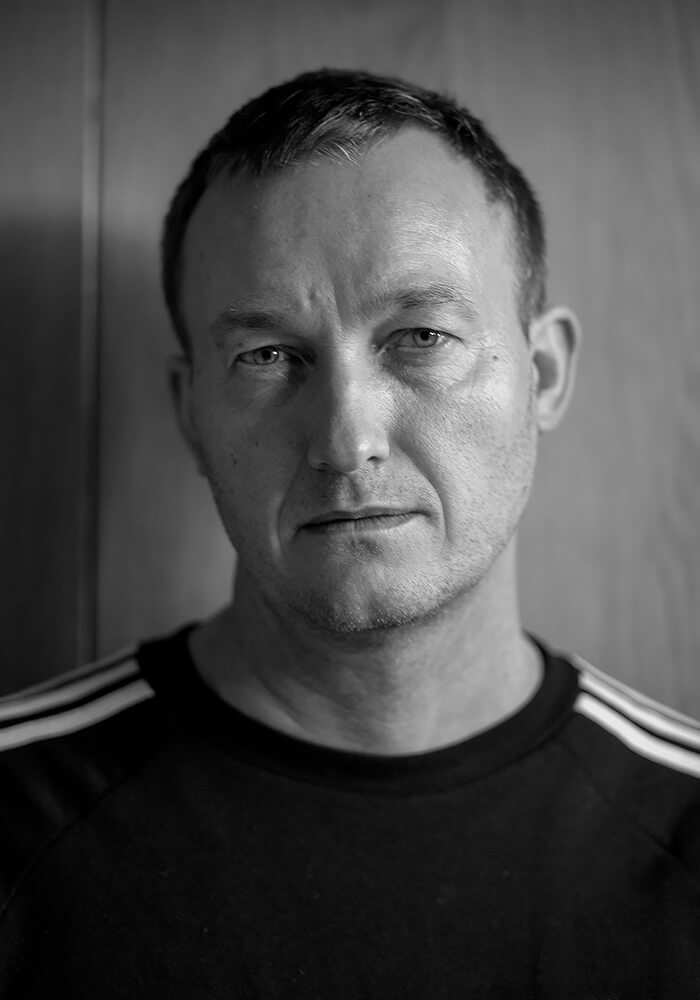Martin Andersen (b.1972, Denmark) is a photographer, art director and designer.
His photography work has been published and exhibited internationally in China, France, Japan, Mexico, UK and USA. Additionally Andersen has directed music videos for artists such as: The Breeders, Lush, Iceage and Lowly and created films for Channel 4, Discovery Channel and ITV.
Based in South London, he runs the creative studio Andersen M. His film work has won many international awards and both his design and photography has been exhibited internationally.
Andersen also lectures at Central Saint Martins, School of Fashion, London and at Cambridge (CSVPA).
Can't Smile Without You